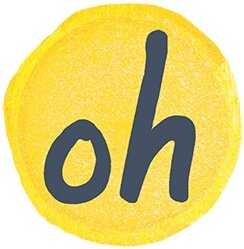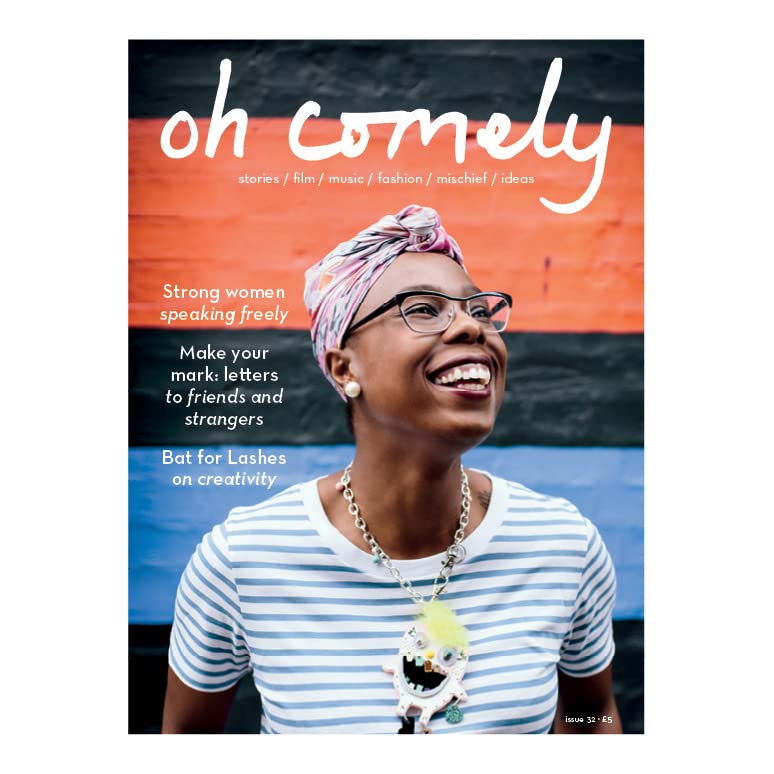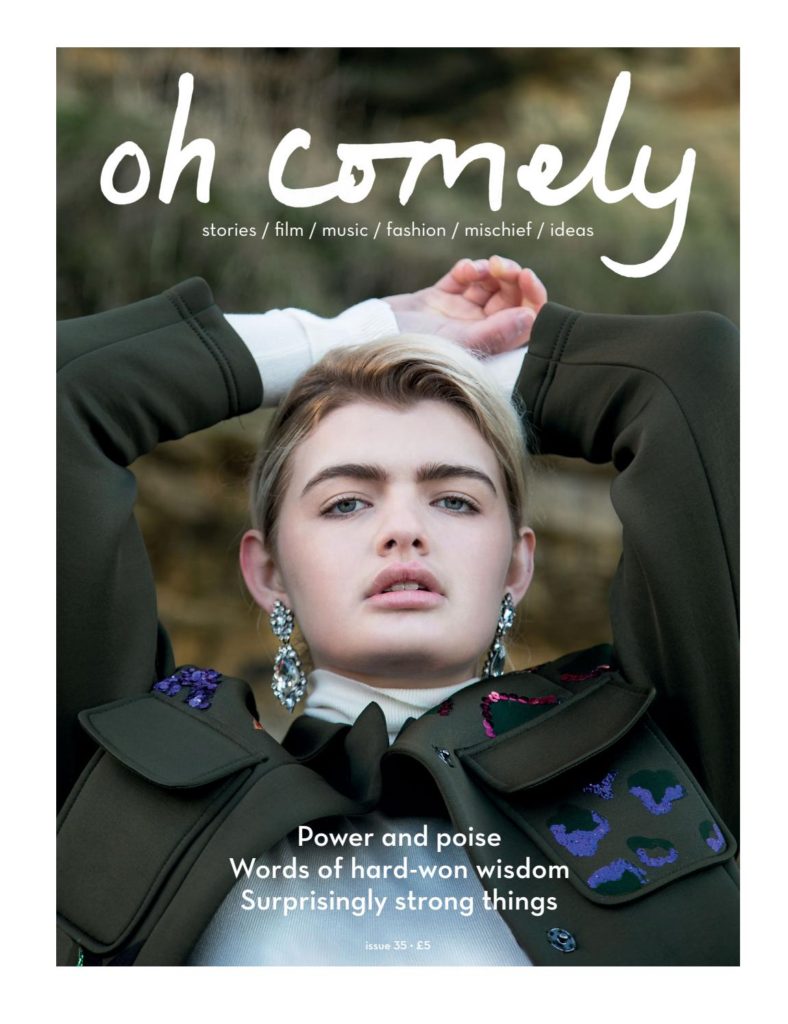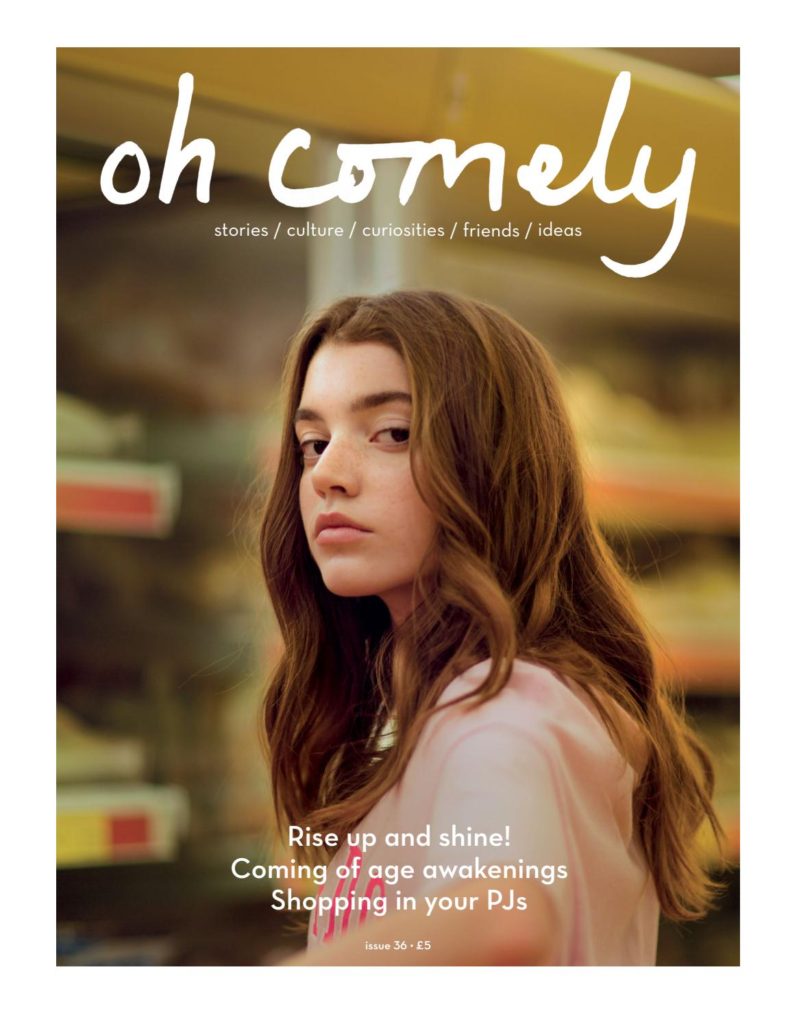In the film bombshell and real life, Roger Ailes abused his power for sexual gratification by asking attractive females to aid in his sexual wishes so the young and aspiring girls can get a promotion, success and financial reward.This inspired feminist critical thinking within the office leading to a law suit and his removal from the company.
Monthly Archives: September 2020
Filters
Media ownership & structure
- Murdoch dynasty links to feminist critical thinking because Bombshell shows the patriarchy that was taking place at Fox News.
- Murdoch dynasty owns over 800 companies in over 50 countries, making his empire a conglomerate.
- Murdoch’s holding company, News Corp, owns The New York Post, The Times of London, and The Wall Street Journal publisher Dow Jones & Company.
media working practices
promotion and financial reward was conveyed in bombshell through the use of Roger Ailes abuse of power within the fox industry to promote and reward employees for his own sexual gratification and interests.
Financial reward relates to the Murdoch dynsaty as rupert murdoch and his partners abused their position of power and wealth to pay off police officers for stories that had not yet been released to the public,which was a clear breach of privacy and law.
media ownership and structure:
Rupert Murdoch owns a media conglomerate and owns over 800 companies.
Murdoch’s son (Lachlan Murdoch, 49) is set to take over his role as CEO of Fox. He is the executive chairman of Nova Entertainment, co-chairman of News corp, executive chairman and CEO of the fox corporation.
media working practices
Journalistic practices: Noam Chomsky presents his thoughts on how the mass media works against democracy’s best interests in his documentary Manufacturing consent, this relates to the leveson inquiry, a judicial public inquiry into the culture, practices and ethics of the British press following the News International phone hacking scandal. The Murdoch dynasty was also affected by the inquiry, it was found out that his company was paying the police for information, however nothing came of it. This can also relate to Hesmondhalgh’s theory, he points out that societies with profitable cultural industries tend to be dominated by large companies, have minimal government regulation and significant inequality between rich and poor.
Althusser says that we are socially constructed and what socially constructs us is ‘despite its diversity and contradictions . . . the ruling ideology, which is the ideology of ‘the ruling class’,’ In relation to journalistic practices, they are effected by this ‘ruling class’ and in turn construct our society. For example, Murdoch visited his editor of the sun after writing a report supporting Tony Blair saying he got it all wrong , making him rewrite it supporting the entire labour party and their ideologies as well as Blair.
media power and control
GRAMSCI – HEGEMONIC
Hegemony is a struggle that emerges from NEGOTIATION and CONSENT – Not total domination (not totalitarianism or explicit propaganda) but a continual exchange of power, through ideas.
AN EXAMPLE OF A HEGEMONIC STRUGGLE – LEVESON INQUIRY
“The Leveson inquiry was a judicial public inquiry into the culture, practices and ethics of the British press following the News International phone hacking scandal, chaired by Lord Justice Leveson, who was appointed in July 2011.” – Wikipedia
MURDOCH PAYING POLICE AND OTHER GOVERNMENT ORGANISATIONS FOR STORIES – CONTINUAL EXCHANGE OF POWER RUINED FOR MEDIA AND ENTERTAINMENT STORIES.
LACAN – THE OTHER
How we explore and identify ourselves by viewing things that may potentially reflect ourselves.
Applying that theory to culture, communications and media studies, it is possible to see why we are so obsessed with reading magazines, listening to music, watching films, videos and television because, essentially, we are exploring ‘The Other’ as a way of exploring ourselves.
ALTHUSSER – ISA
ISAs are used to describe the way in which structures of civic society – education, culture, the arts, the family, religion, bureaucracy, administration etc serve to structure the ideological perspectives of society, which in turn form our individual subject identity.
CHOMSKY – MANUFACTURING CONSENT
The mass communication media of the U.S. “are effective and powerful ideological institutions that carry out a system-supportive propaganda function, by reliance on market forces, internalized assumptions, and self-censorship, and without overt coercion”
5 FILTERS OF CONSENT
- Structures of ownership
- The role of advertising
- Links with ‘The Establishment’
- Diversionary tactics – ‘flack’
- Uniting against a ‘common enemy’
KEY POWER AND CONTROL TERMS
Media concentration / Conglomerates – A company which owns numerous companies involved in the distribution of mass media enterprises.
Globalisation (in terms of media ownership) – The worldwide integration of media through the cross-cultural exchange of ideas.
Vertical Integration – Vertical integration is when a company integrates multiple stages of a production line to a small number of production units
Horizontal Integration – Horizontal integration is the process that a company or an institution uses to increase the production of goods.
Nepotism – The practice among those with power or influence of favouring relatives or friends, especially by giving them jobs.
csp – oh comely
Oh ~ previously Oh Comely
Oh Comely is part of a development in lifestyle and environmental movements of the early twenty first century which rebrand consumerism as an ethical movement. Its representation of femininity reflects an aspect of the feminist movement which celebrates authenticity and empowerment.
In contrast to Men’s Health magazine, Oh Comely is an independent magazine published by Iceberg Press, a small London publisher which publishes only one other title.
csp: Oh (oh comely)
Oh Comely is an independent magazine published by Iceberg Press, a small London publisher which publishes only one other title.

- New technology allows companies to interact with their audience this is very important to smaller companies as they have an easy, free way to advise their product which is useful as they may not have the funds to have a big marketing campaign.
- Niche audience – Having a niche audience means they can tailor their magazine to a certain target group meaning they can make the magazine more enjoyable and will get more repeat customers.
- About 25,000 people read it, average age of readers are 27
- The first issue was published in 2010
- Can be linked to Stuart Hall’s representation theory
- The Oh magazine is published by Iceberg Press which is an independent media company, this means they will fend for themselves and don’t need other companies to help them with publishing, they wan to stand alone
- Main theme of Oh is the empowerment of women and feminism
Csp 11: OH
Oh is about new ways of looking inside ourselves and out at the world. A mindfulness magazine with a fresh perspective – wheremindfulness is nothing more of less magical than the good stuff we knit into our days, in the most ordinary ways. You’ll find ample time to reflect and feel, to pause, question and notice; gentler ways to be and do, to live and play. We’re an arms-wide-open mag – inclusive, down-to-earth, and heart-led. We believe that life’s better when we all help each other out, live a kinder life, and just go a hell of a lot easier on ourselves in the process. That’s why you won’t find long lists of stuff to do, buy and ‘be’ in oh
– instead, you’ll find deliciously long and transporting reads and deeply human first person stories that celebrate the humble, the frugal and the plentiful; the magic in the mundane, and the unsung beauty of the unnoticed.
If you’re new to Oh, we’re a bi-monthly published in print and digitally, made in London by a small indie publishing house started by three friends.
With beautiful photography and illustration at its heart, oh is a place to meet new people, hear their stories and leave you looking at life with a little, welcome fresh perspective.
our story
Five years ago, three friends and colleagues were working for one of the biggest publishing companies. But we believed there was a better way to create and publish magazines – where the readers were as important as the advertisers, where the paper quality and design were valued and where the words and pictures weren’t always trying to sell stuff, didn’t portray perfection, didn’t tell people what to do and made them feel better, not worse.
So we gave up our jobs, ploughed in our savings and borrowed the rest to set up our own publishing company – Iceberg Press – and buy The Simple Things, followed by Oh Comely two years later. Then, in 2018, we launched Pics & Ink to sell other publishers’ independent, beautiful and useful magazines too. It’s been hard work but the smell of every fresh-printed issue in our hands is a note to self to savour the good times.
CSP 11 – Oh (Comely)

This magazine is representative of modern femenist critical thinking which celebrates individuality and empowerment.
In contrast to Men’s Health magazine, Oh Comely is an independent magazine published by Iceberg Press, a small London publisher which publishes only one other title. This suggests that the information or messages in the magazine are true and relevant rather than a way to ‘buy’ the reader for profit.
- You can find oh in some Sainsbury’s
Oh is about new ways of looking inside ourselves and out at the world. A mindfulness magazine with a fresh perspective
Alternative Institutional Structure –
Oh magazine is published by the independent publisher, Iceberg Press, a London based publisher that only owns one other title.
A niche audience is a subgroup of a company’s main targeted audience. This specific audience is a selective group of people who have specific wants, needs and interests. Small but mighty, niche audiences hold great value for brands and their success. Niche audiences are so valuable because they are often more engaged, active and responsive users. As well, due to their specific likes/dislikes this makes it very easy for marketers to target content to them.
As Iceberg Press is an independant media company, niche audiences can be targetted specifically.
Unlike other corporations or conglomerates, Iceberg is relatively small allowing the overall structure of the institution to be different. This will allow for the audience to be more directly targetted, but also allows the company to know and improve on judgements from their audience.
Stuart Hall – Theory Of Preferred Reading/ Reception Theory/ Encode & Decode – There are three hypothetical positions from which messages and meanings may be decoded: either with a preferred, negotiated or oppositional reading.
Halls theory can be applied to Oh magazine as it allows a different way of interpreting the text, either agreeing or disagreeing with the ideologies it presents.
bell hooks drew attention to how feminism privileges white women’s struggles, while advocating for a more holistic way of understanding oppression.
Where the readers were as important as the advertisers, where the paper quality and design were valued and where the words and pictures weren’t always trying to sell stuff, didn’t portray perfection, didn’t tell people what to do and made them feel better, not worse.
Iceberg Press Magazine
Iceberg makes two magazines, The Simple Things and Oh Comely.
The first issue of Oh Comely was published in 2010 and co-edited by Des Tan and Liz Bennett, with Rosanna Durham and Dani Lurie as art and music editors. Collectively the four worked as Adeline Media. Oh Comely publishes craft, DIY, creative non-fiction, photography and illustration, as well as reader submissions.
Oh Comely is also a magazine about people. What makes it different to the rest? It makes people feel better about themselves. It inspires people to be creative, talk to their neighbours and explore new things, rather than gossip, buy stuff or lose weight.




